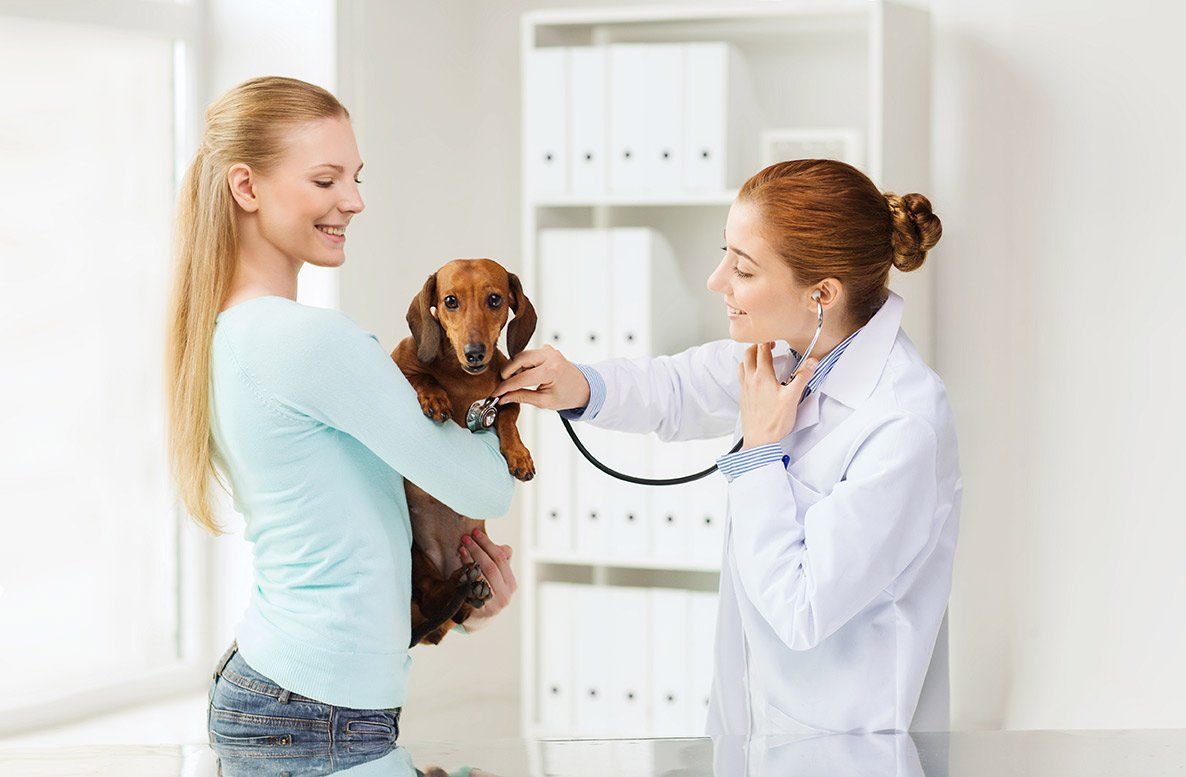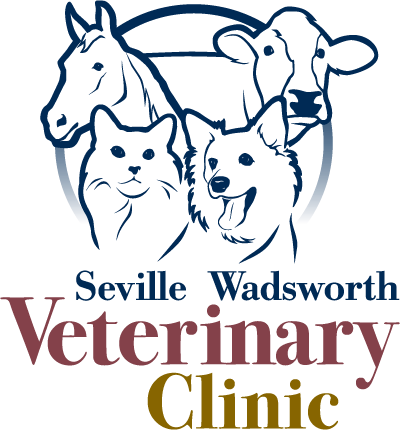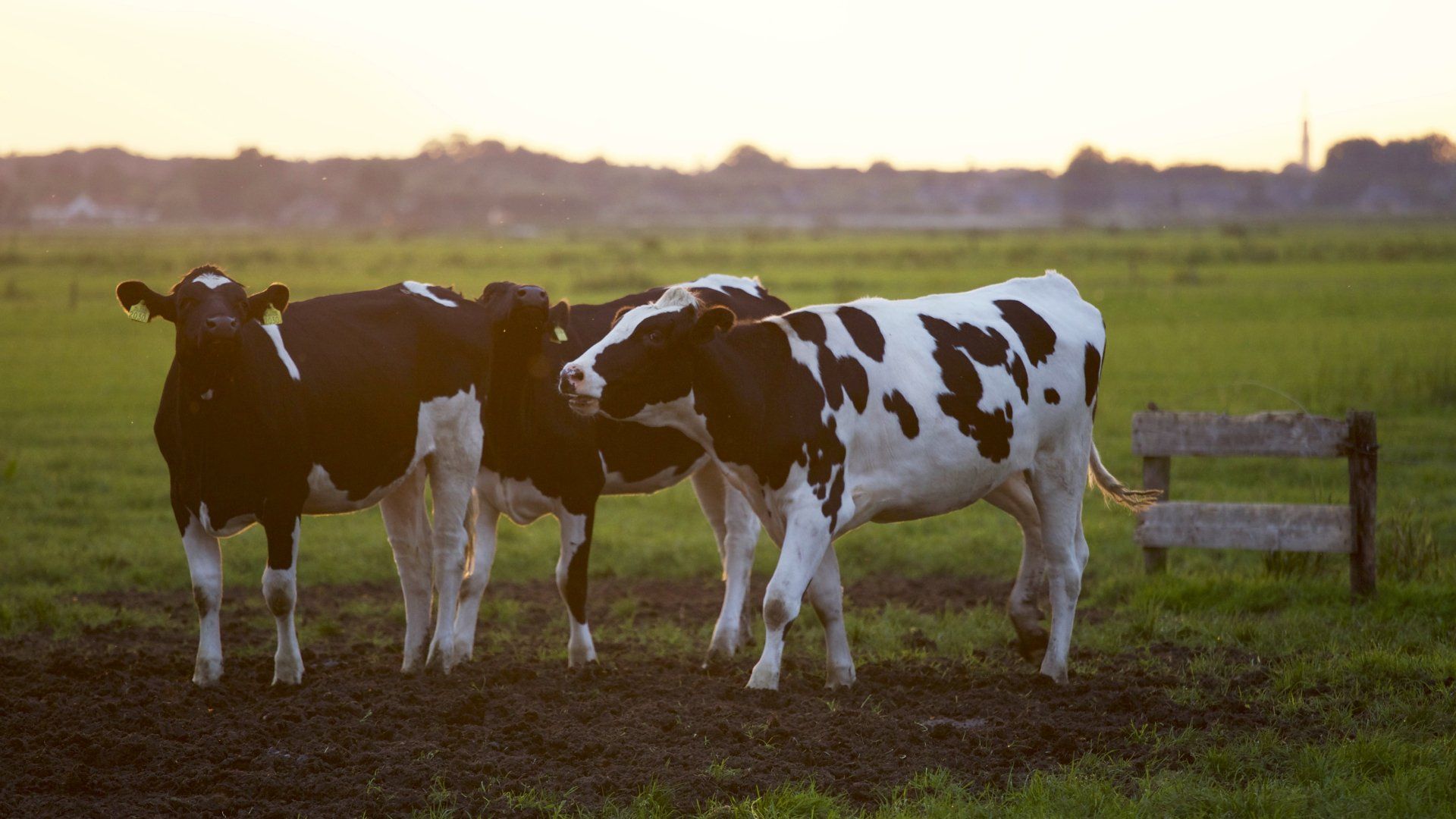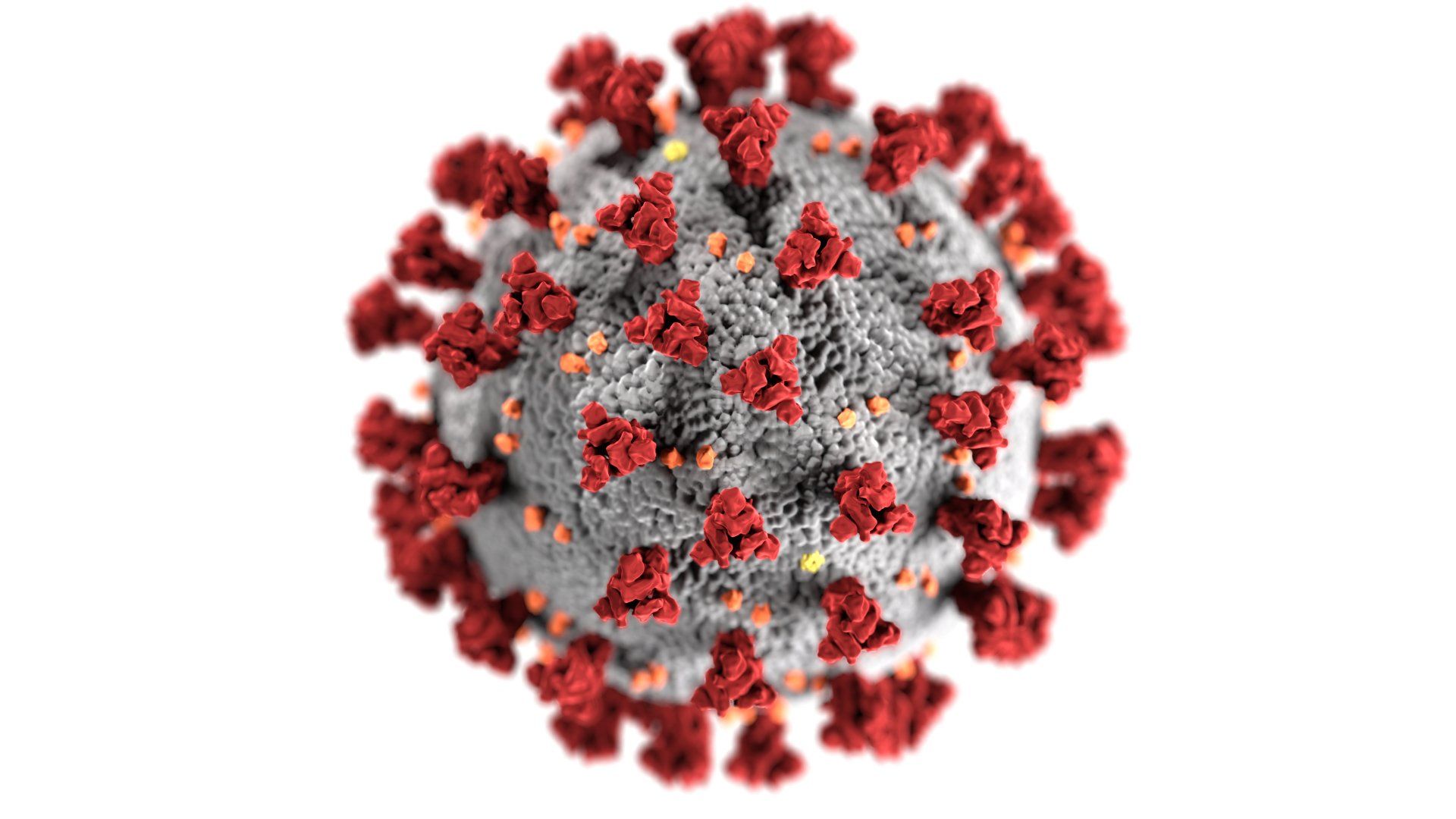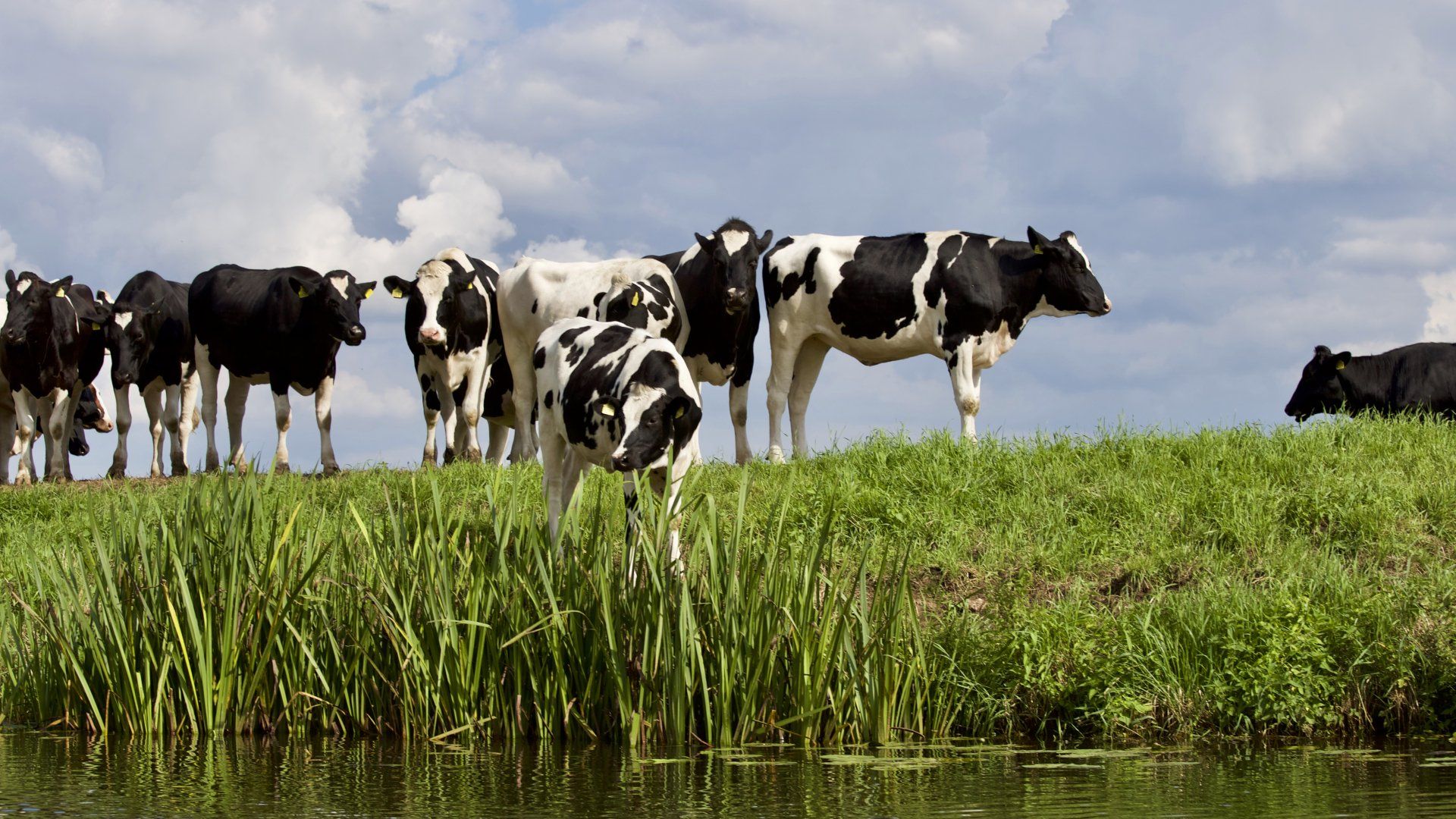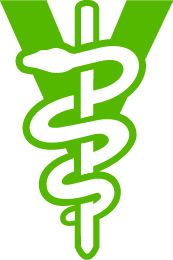Displaced Abomassum: Making the Right Decision
Displaced Abomasum: Making the Right Decision
Transition cow programs have improved to increase cow health in early lactation, thus causing a reduction in transition cow diseases on many herds. There are several management reasons why cows in transition might experience disease, and all of those factors should be evaluated on the dairy to maximize welfare and profitability. One of the most expensive transition cow diseases from both a direct (cost of fixing the disease) and indirect (cost of lost milk) is a displaced abomasum (DA).
Despite better transition cow management, DAs still happen. A producer must make a decision on whether to fix the cow (surgery, rolling/medical therapy) or to cull the cow. Often times this decision is made based on a lack of objective criteria. A producer needs to be consistent in making culling decisions with DAs, rather than making flippant decisions.
The first thing to evaluate is whether the cow has ketosis. Surprisingly, ketosis actually predicts a more positive outcome after trying to fix the DA. The reasoning behind this is that typically a cow with a DA that is not ketotic may have a more serious or devastating reason that caused her abomasum to displace. Examples of these reasons are cancer, adhesions, peritonitis, abomasal ulcers, or liver disease. The presence of ketosis typically indicates that particular disease led to the DA, rather than another disease that is extremely difficult to fix.
First lactation heifers and cows with moderate body condition scores also respond better to DA therapy. These animals typically have a more functional liver (and a subsequent more functional immune system) and are more able to withstand DA correction and return to normal production. Heavier cows are more prone to fatty liver and immune suppression, thus causing potential treatment failure.
Other factors involved in DAs are concurrent diseases, such as metritis, retained placenta, lameness, and/or mastitis. Concurrent diseases can reduce the cow’s prognosis for productive recovery from DA therapy. There is a spectrum to the severity of each disease (for example common metritis vs. toxic metritis, lameness due to hairy heel wart vs. septic pedal arthritis) that will have an impact on the outcome. Consider concurrent diseases when determining whether or not to try to fix a DA, but also consider whether a cow with a severe concurrent disease is really a candidate for culling anyways.
Too often, a dairy takes a hard line one way or another in regards to DA treatment vs. culling. The most important factors involved that lead to culling DAs are an already overcrowded barn and plenty of replacement heifers. It may be worthwhile to consider fixing at least some percentage of DAs, rather than just culling all of them. It is also worthwhile to consider culling at least some percentage of DAs, rather than fixing all of them. As stated previously, first lactation heifers and mature cows with moderate body condition in the presence of ketosis without a severe concurrent disease are excellent candidates to try to treat as these animals often return to production. It may seem counterintuitive, but during difficult economic times, it may make more financial sense to try to fix some cows rather than sell them all. This is true because it costs much more money to grow a replacement than it does to fix a cow that is already in the herd. This situation may be complicated by an overabundance of replacements, which is a problem many dairies currently have.
How will the dairy go about fixing DAs? There are a few options: surgical correction, roll and tack/toggle, or roll and medical therapy. Surgical correction likely represents the most sure-fire approach to fixing DAs, as long as a trained veterinarian does the procedure. Roll and tack/toggle may represent a salvage procedure if the dairy doesn’t want to invest the money into surgical correction. Roll and medical therapy isn’t nearly as effective as the previous two options, but can work if the concurrent diseases are addressed. In either situation, the cow must receive follow up care to treat underlying diseases such as ketosis or metritis.
It makes financial sense no matter what the economic climate to make sound decisions on culling vs. fixing DAs. It also makes the most financial sense to pick the method of correction that yields the best results. If a method of correction is yielding poor results, it is often costing the dairy more in increased culling and dramatically reduced cull cow value than it would to pick the best method of correction in the first place.
Take time to make sound decisions on DAs, but also don’t forget to track DA incidence and make sure managements steps are taken to prevent them from occurring. An acceptable rate of DAs is less than 5% annually. Remember, a cow still should be recorded as a DA even if she is culled. If there is money being left on the table on your dairy due to transition cow disease, evaluate your situation and take some steps to improve transition cow health and productivity.
Article Written by VWP owner Dr. Gabe Middleton for Bovine Health
Edited and published by Dr. Jeff Fink
